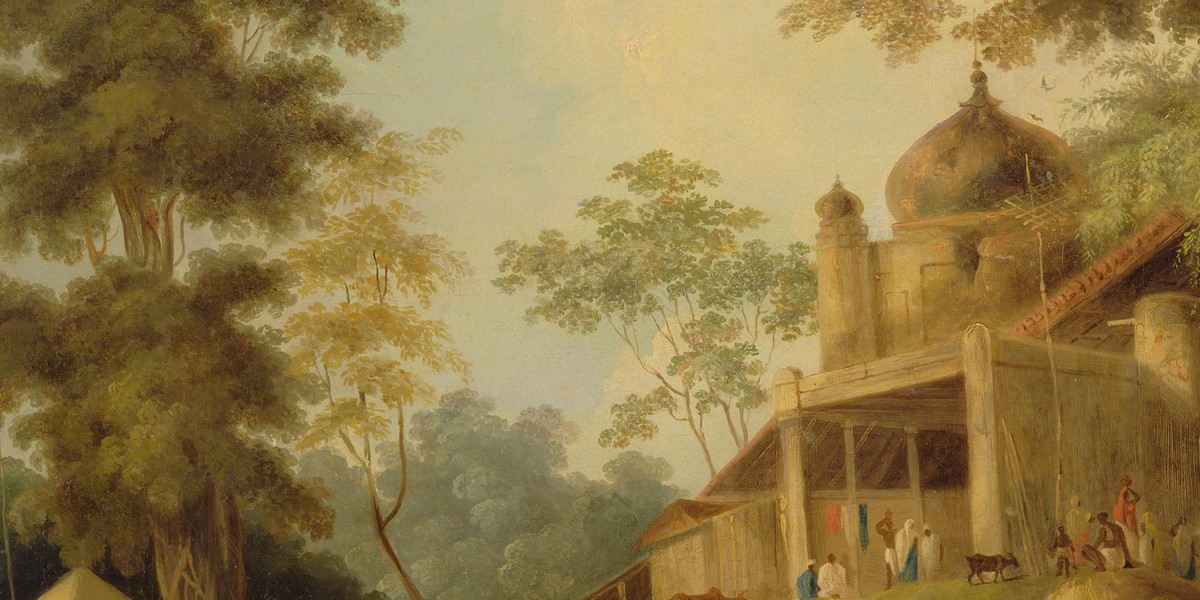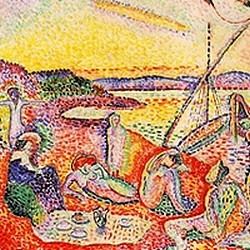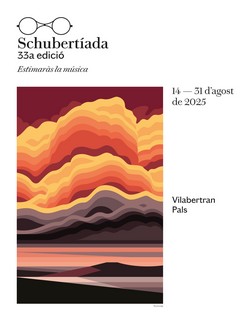
Singing that spread its wings, like a bird; wings that give shelter to us and a voice that transports us to paradise. A poet, Heinrich Heine, who suggests idyllic images and a composer, Felix Mendelssohn, who set them into music.
Many songs for voice and piano are arranged for voice and orchestra; some, for voice and string quartet. Sometimes they are arranged for solo piano, or the voice is replaced by a violin or a cello; this usually implies that the melody is especially attractive. But we find rarely versions for trombone, clarinet, saxophone, glass harmonica, organ, mandolin, guitar, marimba, flute, flute and harp, cello and harp, harp ensemble, string orchestra... This instrumental display makes us think of a song that clearly tends to sweetness, a suspicion confirmed when we find the piece included in recordings of relaxing, prenatal, for babies or for weddings music. And, finally, you find it garnished with sounds of sea, rain or blackbirds.
Believe me, all of these versions exist. I just wanted to have a rough idea of the arrangements made from the song, but I got so surprised at the variety that I go over the list to the end, to conclude by confirming that it's not me, it's Mendelssohn. Sweet things are not my cup of tea, but Mendelssohn's song is ripe for the keeping. I talked about songs that arouse mixed feelings this season, and that uneasiness is caused by too much sugar. Auf Flügeln des Gesanges is the best-known song among the songs I had in mind while writing the article.
The poem is the ninth of the Lyrisches Intermezzo, the collection that Heine wrote between 1822 and 1823. It has five verses that Mendelssohn, in his Lied written in 1834, turned into three musical stanzas. The first one (verses 1 and 2 of the poem) and the second one (verses 3 and 4) are identical, so far the Lied is a pure strophic song, and they are separated by an interlude that seems to be a conclusion, a perception reinforced by the repetition of the last two verses; if we hear only the first musical stanza, we can think it's a complete song (something similar happens with Mondnacht). But the song "begins again" after the first stanza, and even after the second, because the vocal line of the first two verses of the third stanza is almost identical to the equivalent of the other two; the last two verses are slightly modified, to prepare for the conclusion; in this case, only the last verse is repeated, and, after a couple of measures, the last words, "seligen Traum", are also repeated. The piano accompanies from the beginning to the end with arpeggios, and that rounds off the feeling of hearing an strophic song, if it is not entirely so; Mendelssohn's solution to the five verse of the poem is clever.
The poems of Dichterliebe are also drawn from the Lyrische Intermezzo; we find Auf Flügeln des Gesanges two poems after Ich will meine Seele tauchen and two before Im Rhein, im heiligen Strome. Being so close makes us more aware, by contrast, of the rich musical ideas of the Schumann's songs. Even Die Lotosblume, the tenth poem in the collection (included in Myrthen), that has an atmosphere similar to that of Mendelssohn's song, it's more powerful. It's said sometimes that Mendelssohn's Lied is as beautiful as it is flat, and I tend to agree with this opinion; however, I would say that the composer did exactly the song he wanted to do. He didn't lack inventiveness, as we know from so many of his works; however, his Lieder used to follow the principles of the Berlin School, headed by Reichardt and Zelter, who was his teacher. His songs were, therefore, exquisite salon pieces, but they didn't deep the poems or go beyond the decorum that could be expected in a social gathering in the mid-19th century. The wildness of Hexenlied, composed seven years earlier, must be taken as an exception.
Before introducing the performers, let me go back to the poem for a moment. The images of the Ganges, the lotus flower or the palm tree refer us to Orientalism. Some of you might remember that I talked about an argument between Heine and August von Platen because of a joke about this style, published by Heine, that offended Platen. And, as we can see, Heine also made his contribution to Orientalism, How absurd was that bitter disputed that ended so badly for both...
And now, I leave you with an elegant and measured interpretation of Auf Flügeln des Gesanges, without dangerous sugar, in my opinion; Wolfgang Holzmair sings accompanied by Anna Wagner. Enjoy your journey to paradise!
Auf Flügeln des Gesanges,
Herzliebchen, trag ich dich fort,
Fort nach den Fluren des Ganges,
Dort weiß ich den schönsten Ort.
Dort liegt ein rotblühender Garten
Im stillen Mondenschein;
Die Lotosbumen erwarten
Ihr trautes Schwesterlein.
Die Veilchen kichern und kosen,
Und schaun nach den Sternen empor;
Heimlich erzählen die Rosen
Sich duftende Märchen ins Ohr.
Es hüpfen herbei und lauschen
Die frommen, klugen Gazelln;
Und in der Ferne rauschen
Des heiligen Stromes Welln.
Dort wollen wir niedersinken
Unter dem Palmenbaum,
Und Liebe und Ruhe trinken,
Und träumen seligen Traum.



 About or...
About or...













Comments powered by CComment